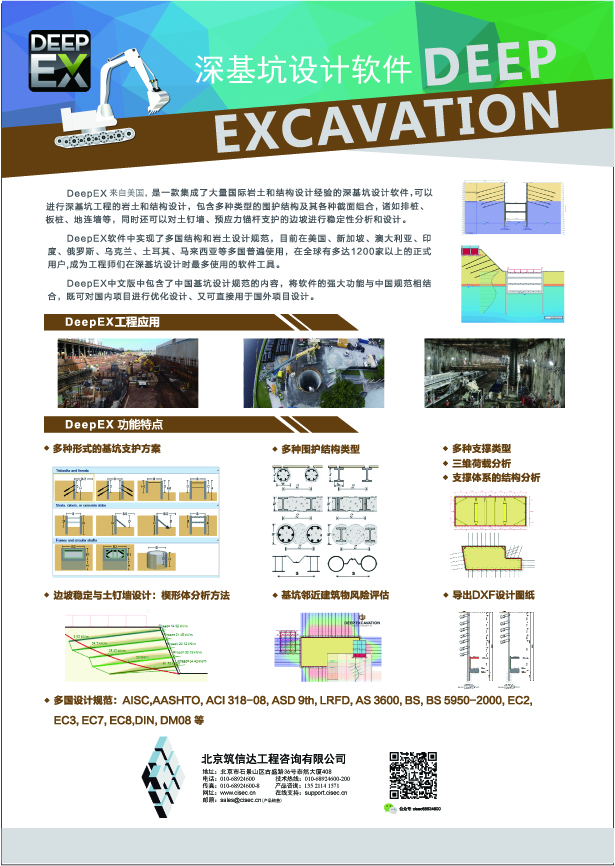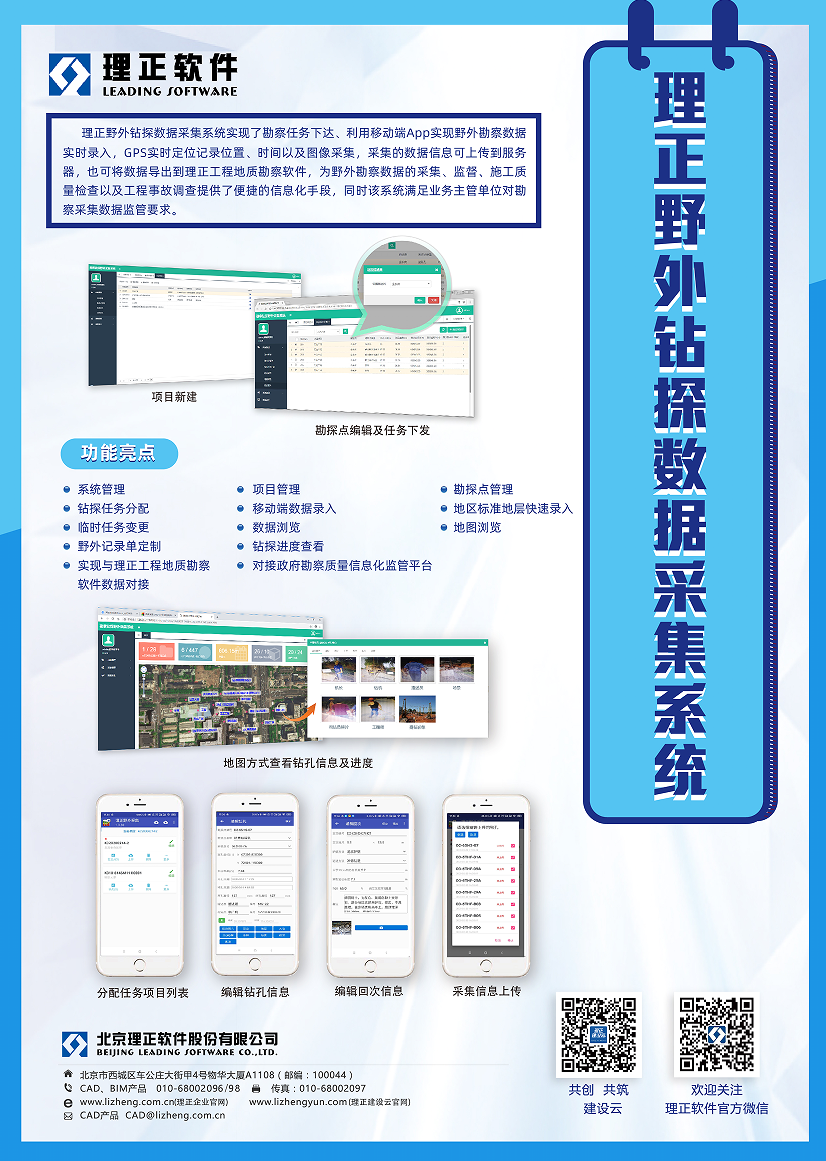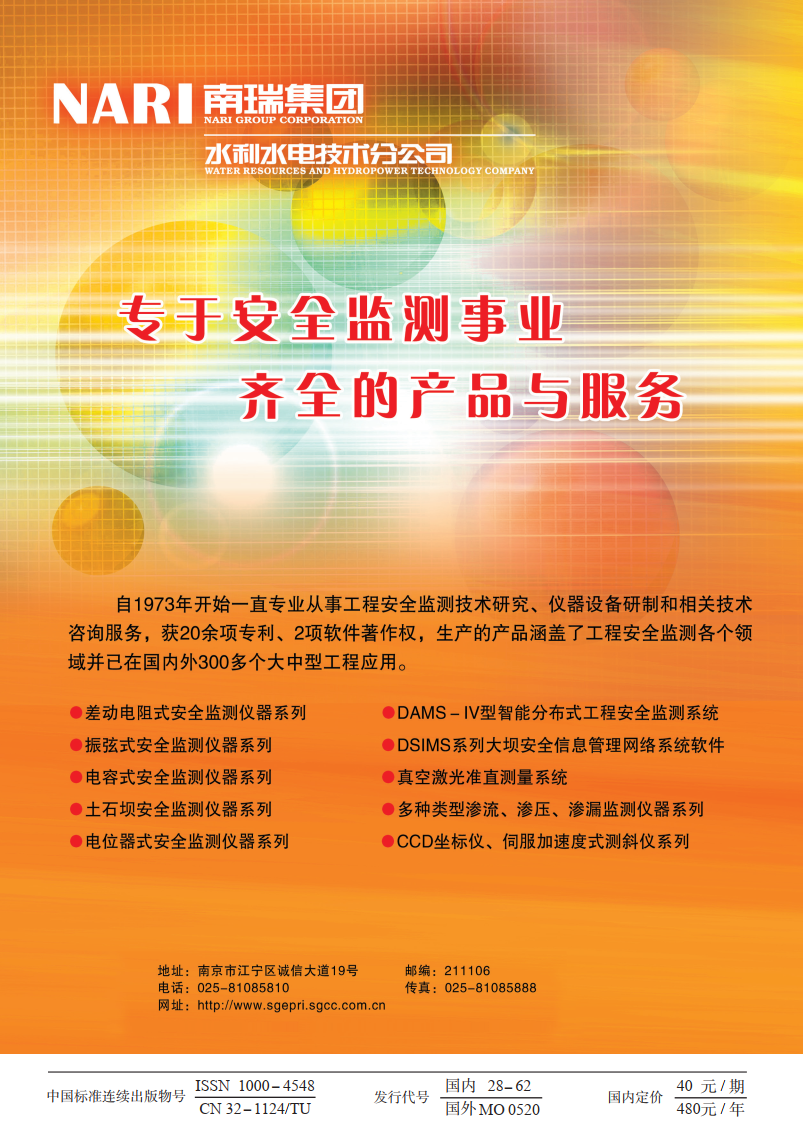摘要:
首先分析了场地土及其分类的模糊性特征,并在综合考虑现行建(构)筑物抗震规范场地分类特征的基础上,构建了四类场地的二维隶属函数,实现了场地分类边界模糊化;其次给出了基于最大隶属度、加权综合及特征周期的三种场地模糊分类法,实现了场地分类连续化,探讨了各类方法在抗震结构设计中的应用;最后给出了场地特征周期连续化方法及其空间分布图,结果表明:该方法所确定的特征周期分布与现行建筑抗震规范给出的特征周期等值图吻合较好。所建场地分类法克服了在分类边界处易出现类别跳跃等不合理现象,基本实现了现行建(构)筑物抗震规范在场地分类方面的统一,为工程抗震设计中客观确定地震作用及采取合理抗震对策等奠定了基础。
Abstract:
At first, site classifications and their fuzzy characteristics was analyzed. On the basis of a comprehensive consideration of the classification of site in characters of the current earthquake resistant codes, two dimensional membership function of 4 types of site was constructed and the fuzzifying of the site classification was realized. Then, three fuzzifying site classification methods were provided, the continuity of the site classification was actualized, and the application of various methods to seismic design of structure was disussed. Finally, the continuous method of the site characteristic period and the two-dimensional graphs were provided. It is shown that the characteristic period distribution confirmed by this method corresponds with the equivalent chart of the code for seismic design of buildings. This method gets rid of the illogical discontinuity and appreciable distinction displayed on the code chart between the site edges, basically realizes the unification of the site classification between code of seismic design of buildings and special structures, and lays the foundation for fully considering the effect of site condition in earthquake engineering design, objectively estimating earthquake action and adopting reasonable earthquake protective countermeasures.








 下载:
下载:
